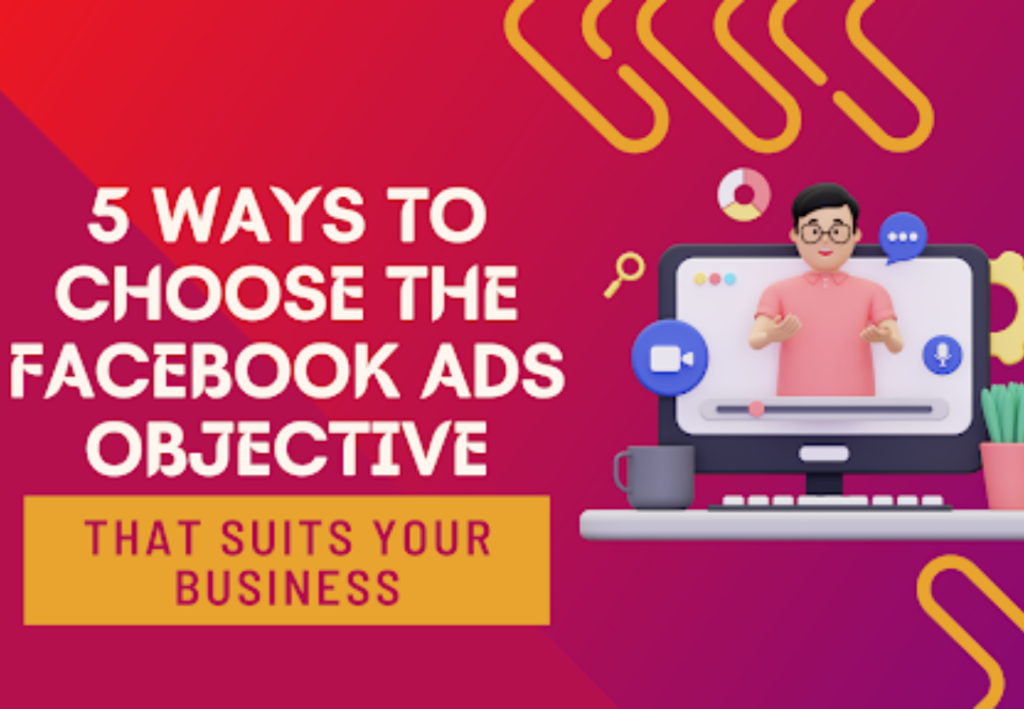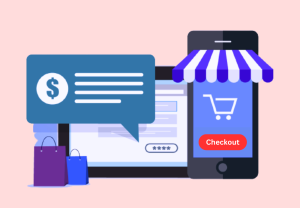Inflation is volatile; even the Federal Reserve aims for an inflation rate of 2% annually to strengthen the economy. However, according to the Bureau of Labor Statistics Consumer Price Index Report, the all-items index increased 8.6 percent over the last 12 months. This puts it at a four-decade HIGH! In 2021, it began rising sharply in many parts of the world.
And in 2022 the U.S. saw its worst inflation in decades. Keep in mind, ever since the financial crisis of 2008 and the Great Recession, investors and executives have grown accustomed to a world of low-interest rates and low inflation. Up to this date, inflation has emerged as one of the biggest threats to global prosperity. With many countries standing in its way…
In fact, back in October 2022, the International Monetary Fund warned that inflation — combined with central banks’ interest rate hikes designed to fight it — could threaten the entire global economy, a good reason to understand what causes inflation and how to manage this gradual loss of purchasing power.
While large businesses have enough resources and capital to combat these changes, the U.S. Chamber of Commerce states that 85% of small business owners are concerned about the impact of inflation. But, don’t worry; we will tell you the topmost fool-proof ways to deal with inflation as a small business owner.
What Inflation Usually Entails
By definition, inflation is the rate of increase in prices over a given period of time. Inflation is typically a broad measure, such as the overall increase in prices or the increase in the cost of living in a country. The three main causes of inflation include demand-pull, cost-push, and inflation expectations. In short, it’s defined as a rise in prices across an economy.
When prices rise unexpectedly, money doesn’t go as far as it used to. This can trigger demands for raises which then cause more inflation. When prices rise really quickly, the basic functioning of an economy can break down. For example, in periods of “hyperinflation,” people rush out to spend money the moment they get paid or even earn some money.
Obviously, because every hour they wait to spend means higher prices. For that reason, central banks usually set an inflation target and use interest rates to ensure that prices rise at a predetermined pace. Typically, a little bit of inflation is often harmless if it’s widely expected. But since the spring of 2021, prices have been rising much faster.
More so, than that in the U.S. and much of the world. High inflation has pushed many central banks to start raising interest rates. And, as a result, this threatens to slow global growth and could even induce a recession in some countries. It helps to understand what central banks are doing, and what effects their actions might have on businesses.
How Inflation Rate Is Measured
There are many different measures of inflation, all of which attempt to track changes in the price levels of a series of goods. One of the most cited is the Consumer Price Index or CPI. The CPI tracks the average price of a representative basket of goods that households buy, weighted by how much they spend on them.
When the CPI rises, it means the prices that households face have risen, on average. Economists often prefer to look at the “core CPI,” which is the CPI without food and energy prices. The reason is that those two categories are volatile — their prices rise and fall an unusually large amount from month to month.
By looking at the average price level without those two categories, it’s easier to see if the economy is experiencing an increase in prices. There are other measures as well, including the Producer Price Index, which measures the price businesses pay for inputs, and the Personal Consumption Expenditure Index, which measures consumer prices using a different methodology.
Some quick facts:
- Currently, there are a total of 33.2 million small businesses, accounting for 99.9% of all private establishments.
- The Federal Reserve expected inflation to peak in 2022 and to begin declining in 2023. But, it doesn’t see inflation returning to its target of 2% until 2025.
- Morgan Stanley’s economists forecasted that global inflation will peak in the fourth quarter of 2022.
- Goldman Sachs economists expected core PCE inflation to fall significantly in 2023, from about 5% year-over-year to 3%.
Note that you can use Contact Out to find emails and phone numbers for 250M+ professionals. So, with that in mind, how can you help manage the inflation factors for your business?
Tips To Deal With Inflation Downsides For Small-Business Owners
Most aspects of good management aren’t affected by inflation. But there are a few things for managers to consider during this period. First is how to deal with the potential for rising prices. In a recent HBR.org piece, the University of Minnesota’s Mark Bergen and his colleagues laid out a few different strategies to consider.
The most basic one is to make sure you have a policy in place for when and how you change your prices and do anything you can to lower the cost of making those changes. These costs of changing prices, which economists call “menu costs,” can add up. This HBR piece, by Dartmouth’s Vijay Govindarajan and colleagues, also has recommendations for managing inflation.
One of them is to communicate more than usual with employees and to focus on morale. When the labor market is tight, you might need to do even more to retain employees, which can be difficult since funding can be higher for rising interest rates. In another piece, Harvard Business School lecturer and former tech CEO Lou Shipley recommend prioritizing the employees.
This is where you need to retain and focus on your company culture, which is an essential aspect of retaining employees. But, you also need a plan for managing through the cure.
For instance, central banks fight inflation by raising interest rates, and so companies need to assess their strategies and operations in light of that, too. Higher interest rates raise the cost of borrowing and generally shift investors’ interest toward short-term profits. That said, below are a few tips that can help you to overcome your small-business inflation storm.
1. Raise The Products/Services Price
Whenever the rate of inflation goes up, the Senate Committee on the Budget transfers its burden directly to the consumers by increasing the prices of commodities. From groceries to fuel, everything experiences an increase in prices. It means that the product’s original price you have to bear as a business owner increases as well.
And it’s only fair if you raise the prices without scaring the customers away. Although it is not a customer-favorite method to combat inflation, if you do it thoughtfully, both the customer and the business will be satisfied with it.
Here’s how you can strategically increase the prices:
- Consider the cost you paid for the original product before inflation. (Old Purchasing Cost)
- See the cost you have to bear after inflation. (New Purchasing Cost)
- Determine the percentage change in the price.
Percentage Increase = x 100 |
- Factor in the increased shipping and overhead costs.
- Reset your final selling price.
Did You Know?89% of small-business owners have increased their prices. (Source: business.org) And you should do the SAME! |
2. Think About Practicing Shrinkflation
With all the supplies and raw materials getting expensive, any small business owner is likely to end up considering:
- Higher product prices
- Smaller-sized products
This option#2 is called shrinkflation – shrinking the packages without dropping the prices. While consumers are wise enough to detect the changes in price, they are not very keen on the changes in gross weight and size of the product. According to Quartz, these are some of the businesses that shrinkflated their products:
- Doritos slimmed down by five chips per bag when the standard size decreased from 9.75 ounces to 9.25 ounces
- Bounty Triples lost three sheets per roll of paper towels when they went from 165 sheets to 147
- Crest 3D White Radiant Mint lost one brushing when a tube dropped from 4.1 ounces to 3.8 ounces
So, by reducing the amount of product while retaining its retail price, you can deal with rising costs. For example, if you run a home-based bakery and it takes 600g of batter to bake six cupcakes (100g of batter for each) on average.
You can now use the same 600g batter for baking eight cupcakes (75g batter each). It is an EASY way to deal with inflation in your day-to-day business activities.
3. Start Selling Them Up In Bundles
If you have a stock that moves slowly or some of the products on your store HARDLY get an order; get rid of it as soon as possible! Put them up on offers or start selling them in bundles. It is beneficial to follow this method since it helps:
- Clear out the old inventory
- Bring cash for your business
- Eliminate the less profitable products from your stock
Indeed, a win-win situation!
4. Re-Visit Your Marketing Spend
Research indicates that cutting the marketing budget is the first step small-business owners take due to rising inflation. This is something you need to do MINDFULLY. Don’t cut your marketing spend altogether, rather optimize it. Invest in the right channels to stay on top of your customer’s minds.
You can do this by interacting with them on Linkedin and other social platforms. Also, limit your paid advertising campaigns that are not affordable for you anymore. Another great way to keep the revenue flowing is by asking your existing customers for referrals but this can only work if they are happy with your products & services.
5. Go Online On Marketplaces (It’s Low-Cost)
While you can’t control the economy, you can surely control how you respond to economic changes. There’s one thing you should always remember: No business is too small to sell online.
Complementing your physical business with a digital storefront goes beyond saving your time and labor cost. Best of all, it’s a low-cost way to diversify your income stream. So, as a small business owner, you must not overlook the power of online marketplaces, especially the ones that serve a dual function — trading & business networking.
One good example here is SeeBiz, a platform where building an online wholesale store is quick and easy. This means you don’t need to spend thousands of dollars on hiring a developer. So, navigate this inflation storm by showcasing your products to a wider audience.
6. Take Out A Small-Business Loan (If Needed)
You can make full use of the SBA (Small Business Authority) loans if the shock from inflation is too much to handle and you don’t want to shut down your business. These loans are very convenient. You can gradually repay the loans when your business grows and stabilizes.
There are many loan options:
- Guaranteed Loan Program
- SBA Express Loans Program
- SBA CAPLines
- SBA MicroLoan Programs
- CDC/504 Loan Program
- SBA HUBZone Programs
You can choose the one that best suits the needs of your business.
7. Try To Optimize The Interest Rates
Central banks use interest rates to control demand and inflation. If inflation is high, they raise their target for short-term interest rates. Higher interest rates make borrowing costs less attractive for firms and consumers, which leads to less demand for goods and investments. As we aforementioned, inflation is mostly caused by demand outstripping supply.
Thus, lowering demand to bring it in line with supply relieves the pressures that were raising prices. Central banks have a few different ways of affecting interest rates, but in the U.S. the main one is called “open market operations.” The Fed’s Federal Open Market Committee sets its target interest rate and then the Fed buys and sells bonds and other assets.
Specifically, in order to affect the money supply and the short-term interest rate. On the same note, low unemployment does not always cause inflation, yes. But, when an economy is running at or near full capacity, there’s a tradeoff between low inflation and low unemployment — at least in the short term.
Summary Notes:
The past few years of high inflation likely have roots in both supply and demand-side factors. On the supply side, there were shipping snarls and worker shortages caused by the COVID-19 Pandemic in general. And then again, combined with the spikes in energy and food prices caused by the invasion of Ukraine.
The cost of energy and shipping raised the price of lots of goods unexpectedly. And those increases then rippled through the economy. On the demand side, many countries funneled large sums of money to households and companies during the pandemic. In particular, to ensure that they could manage lockdowns and layoffs. Overall, that may have increased the money supply.
And, it may also have contributed to inflation. Demand for physical goods (cough, Pelotons, cough) rose dramatically during the pandemic. This is because consumers had money in their pockets and couldn’t spend it on restaurants or other services. No one knows for sure exactly how much these different factors contributed.
But, one study by economists at the New York Federal Reserve estimated that 40% of the rise in prices in 2021 was due to supply-side factors, and 60% to demand-side factors.







